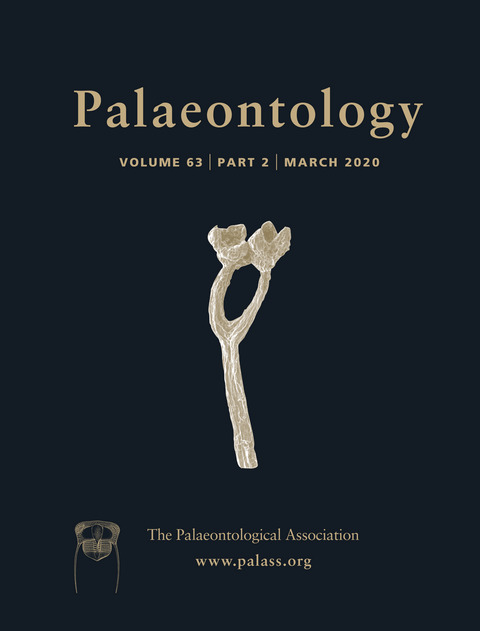Reg. Charity No. 1168330

Proterosuchids are an important group of carnivorous basal archosauriforms characterized by a bizarre and enigmatic downturned premaxilla that overhangs the lower jaw. They are particularly significant because they radiated in the immediate aftermath of the Permian–Triassic mass extinction and represent one of the best known ‘disaster taxa’ following that event. While traditionally considered to be semi‐aquatic, recent histological studies and geological data have suggested that it is more likely that they inhabited terrestrial environments. By using computed tomographic (CT) data, we virtually reconstruct the brain endocast and endosseous labyrinths of two adult specimens of Proterosuchus fergusi from the earliest Triassic of South Africa, in an attempt to understand its life habits within the context of basal archosauriform evolution. Endocasts reveal that the brain cavity is tubular in shape and the endosseous labyrinths are highly pyramidal. The angle of the lateral semicircular canal suggests that P. fergusi naturally held its head upwards ~17°, while the length of the cochlear duct suggests its auditory abilities were specialized towards low‐frequency sounds. Furthermore, beam theory analysis suggests that the rostrum of P. fergusi is highly resistant to both bending and torsion when compared to modern crocodilians, although this resistance is neither enhanced nor reduced by the overhanging premaxilla. Comparative anatomical analyses suggest P. fergusi was probably a semi‐aquatic, generalist apex predator capable of surviving the harsh environmental perturbations of the Early Triassic.